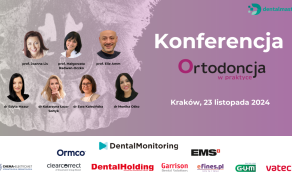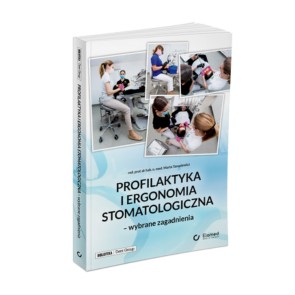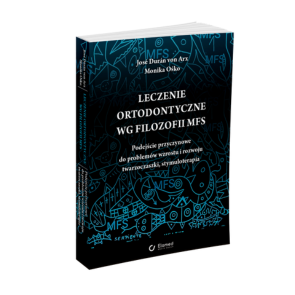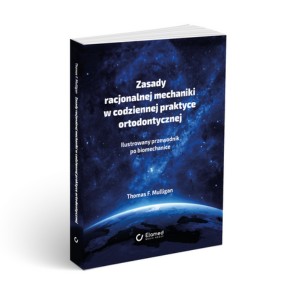Wpływ sił ortodontycznych na stan zębów leczonych endodontycznie
In 1996 Mah et al. were the next to confirm the lack of difference in the movement rates of vital and devitalized teeth (2, 7). In their studies on ferrets, they pointed out the presence of a greater number of resorption lacunas on the lateral surfaces of teeth after endodontic treatment than in vital teeth. They thus put forward a theory that these lacunas may be associated rather with the loss of vitality and canal treatment than the impact of orthodontic forces. Their suggestions concur with the results obtained by Mattison et al. in 1984 (1, 6).
The prevailing view in current literature is that teeth after canal treatment carried out according to the standards of modern endodontics – properly disinfected and filled „in 3D” are the least susceptible to resorption (11). This is most likely due to the lack of coronal leakage and absence of bacteria, which contribute to the formation of local inflammatory process and the onset of resorption. According to studies, calcium hydroxide, used during endodontic treatment as disinfectant before the final dressing of the canal, is of particular importance in the prevention of damage to the root and periodontium (9). Calcium hydroxide-based materials are able to alkalize the environment: by raising its pH, they neutralize the acids produced during the inflammatory process accompanying the orthodontic movement of teeth and activate alkaline phosphatase, which participates in bone regeneration (9). Simultaneously, one should remember the increased resorption risk in [...]

którzy są subskrybentami naszego portalu.
i ciesz się dostępem do bazy merytorycznej wiedzy!
































